The Report from Spotted Tail 2/13/11
Upcoming Events
On February 22 I’ll be speaking to the Florida Fly Fishing Association in Cocoa.
February 19- Hook Kids on Fishing program at Kiwanis Island Park from 9-11am. Kiwanis Island Park is located directly on Sykes Creek immediately north of State Road 520 (951 Kiwanis Island Park Road Merritt Island). Volunteers should show up no later than 8:00 am.
February 26- Beachside Hook Kids on Fishing program in Satellite Beach from 9-11am. The program will be held at the pond located directly west of the Satellite Beach library and east of the skate park. Volunteers should show up no later than 8:00 am.
March 5- MINWR Show and Tell Fishing Seminar. See this link for details.
March 6- Mosquito Lagoon On-the-Water Show and Tell Fishing Seminar. See this link for details.
*******************************************
Only two days saw me out this week just past.
On Wednesday the Ocean Kayak and I visited my favorite pond. It was a beautiful day! Regular readers may recall the fine day I had there a few weeks back blind casting with a rattle rouser. I certainly remembered, and hoped for a repeat.
I tied on the rattle rouser and tossed it for a couple hours. I had only one bite, hooked the fish, then lost it. No problem with the hook this time, either.
Even though the solitude was enjoyable, after a couple hours I decided to try a different spot.
I went to another pond. It had been quite a while since my last visit. It wasn’t quite dry, but the seagulls were walking across it. It was about an inch and a half deep. There were dead catfish around the shoreline, badly decomposed, almost mummified.
I went out into the main part of the Indian River Lagoon. In about three hours one shot at a trout presented itself. The cast was good, I thought. The fish did not agree.
I saw three reds but did not get a shot at any of them. And then the sun was low and it was time to go home.
Friday Dr. George Yarko and I launched the Mitzi at River Breeze. The thought crossed my mind, “If we find any fish it will be by the grace of God.” It was maybe 50 degrees, overcast, misty, and windy, horrible winter redfish weather here. I forgot my sunglasses and didn’t even miss them.
My intuition proved correct. Actually we did run over about a half dozen fish but didn’t have a crack at any of them. We couldn’t see anything.
I did get one short trout on a jig. As far as catching fish goes that was it for the day.
We talked about music, concerts and such, and money, and women, and a variety of other things, and had as good a time fishing as you can when the fishing’s not so hot. The boat was back on the trailer at about 2:30 pm.
I’ll be out a bunch this week coming. And I am looking forward to it a LOT!
Embrace simplicity.
Life is great and I love my work!
Life is short- go fishing!
John Kumiski
http://www.spottedtail.com/
All content in this blog, including writing and photos, copyright John Kumiski 2011. All rights are reserved.

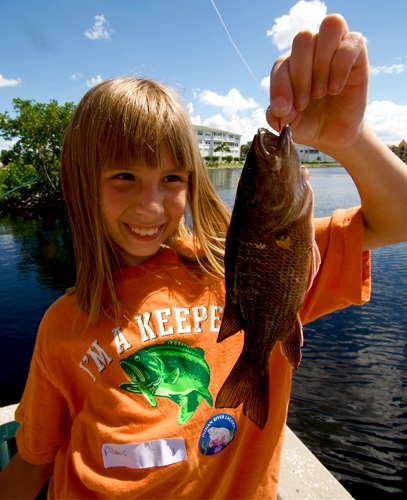
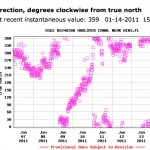

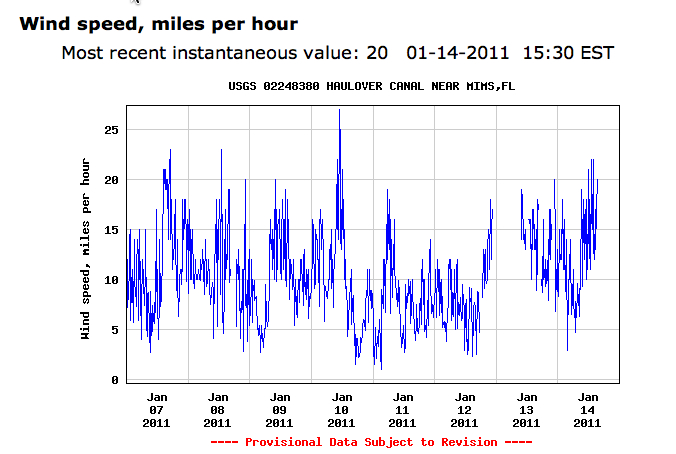
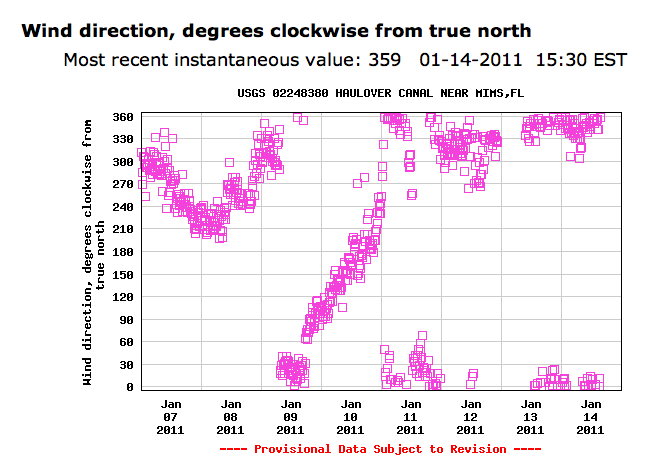
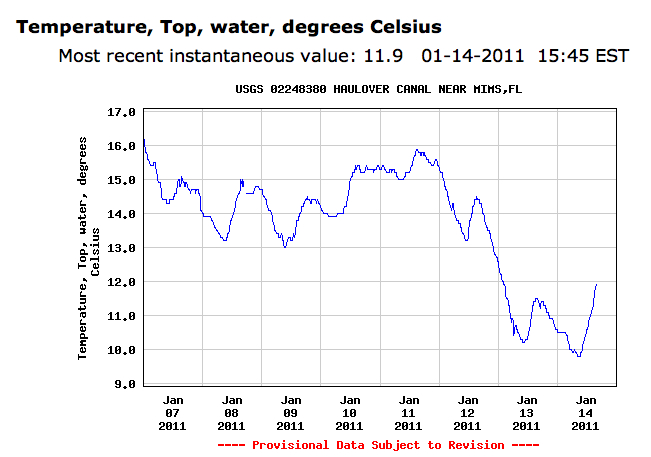

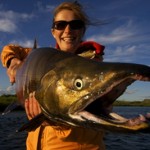
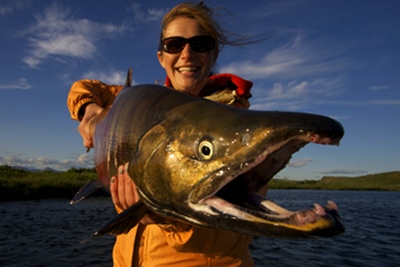
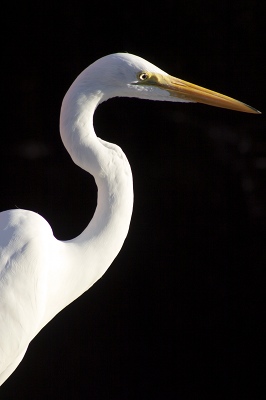
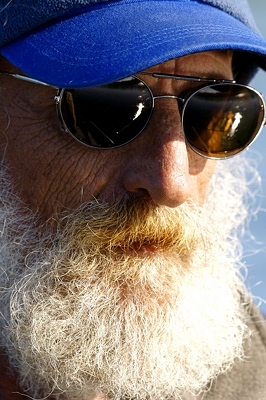
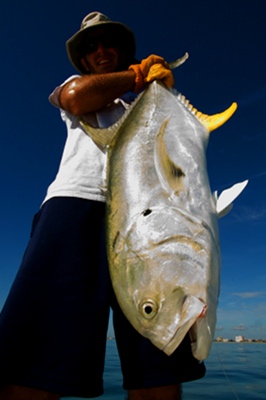
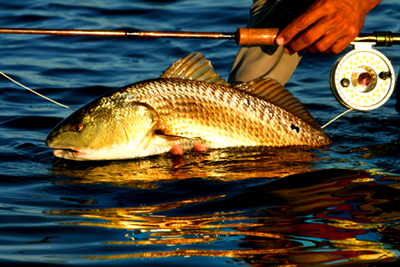

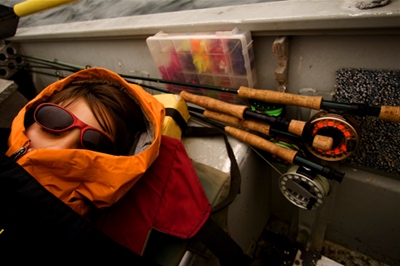
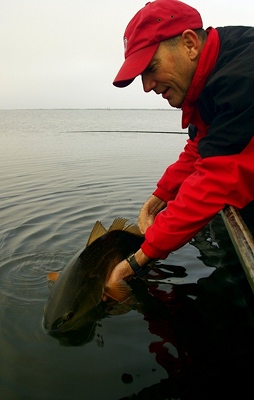
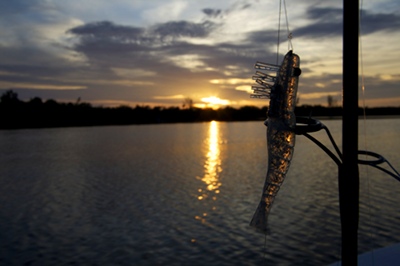
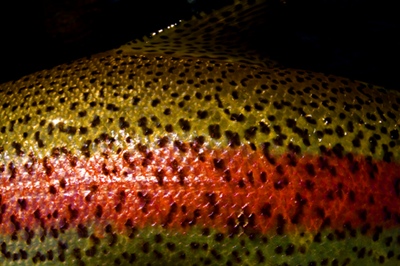
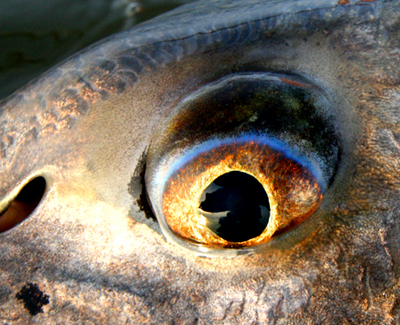

Recent Comments